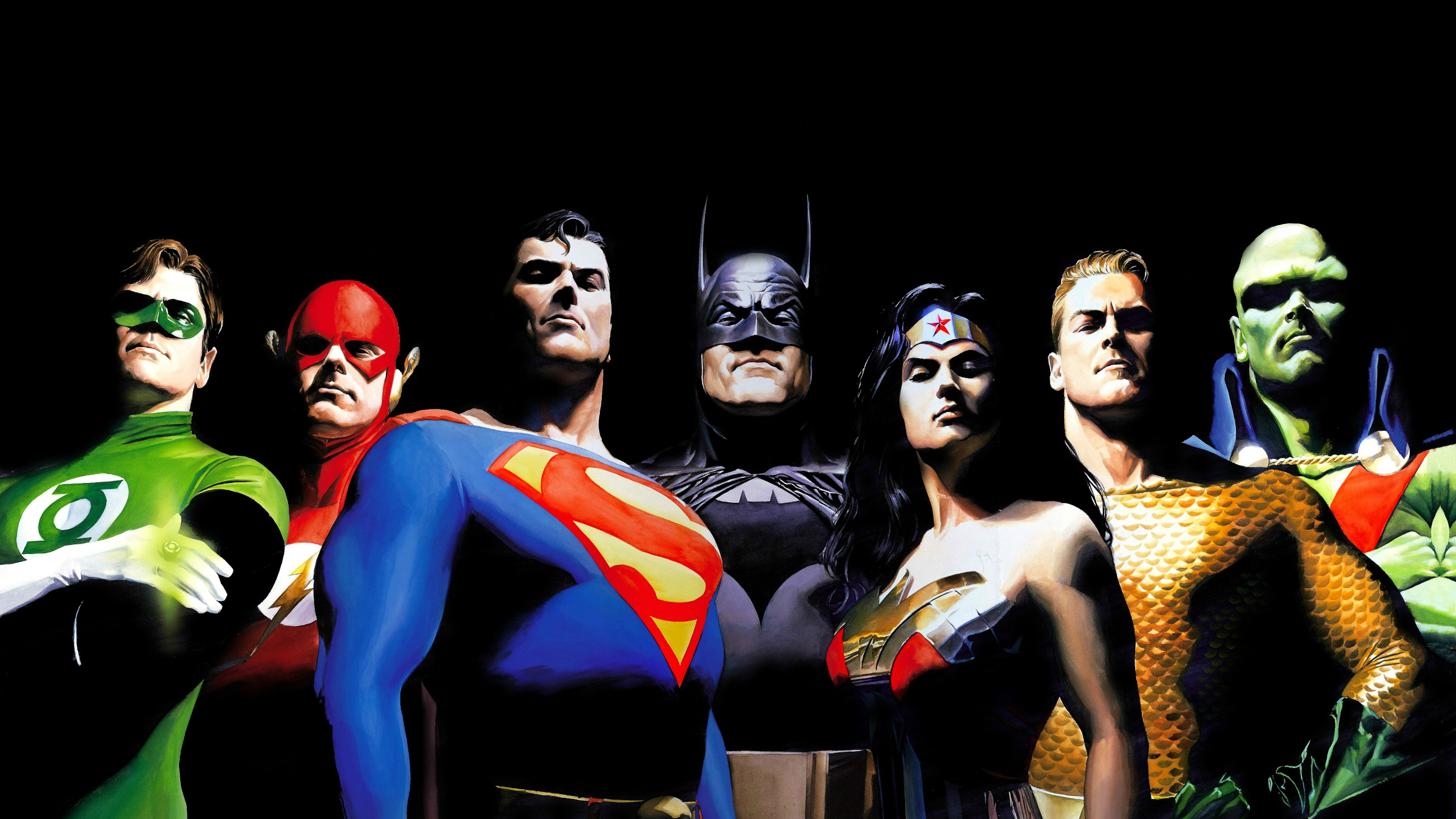
Since their first appearance in 1960’s The Brave and the Bold #28, the Justice League has been DC Comics’ flagship superhero team. They essentially created the modern idea of a superhero team, proving how powerful heroes could effectively collaborate over time. Today, the League – featuring icons like Superman, Batman, and Wonder Woman – is one of the most famous teams ever, and their lasting popularity is built on decades of compelling stories and memorable moments.
Let’s take a look at ten of the most memorable and positive moments in the Justice League’s history, spanning over sixty-five years. While they’ve faced challenges, we’re focusing on their greatest triumphs – from defeating powerful enemies to heartwarming team-ups. So, let’s dive in!
10) Fighting Starro the Conqueror
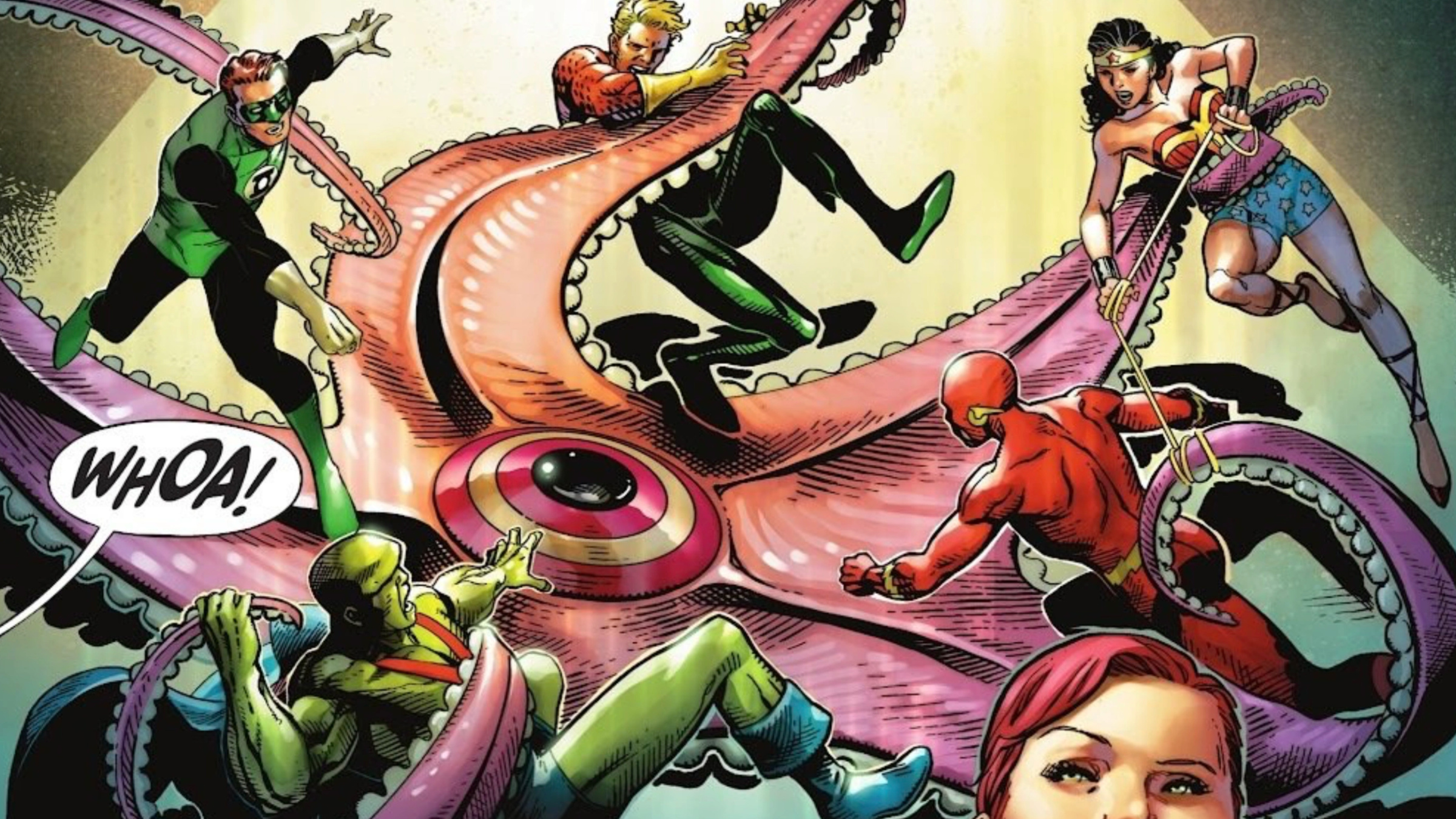
The Justice League’s first official adventure involved a fight against a dangerous alien starfish. Although they had faced villains before in the overall timeline, Starro was the first enemy the team united to confront on screen, immediately establishing their purpose. Starro made it clear he intended to take over the world, and the Justice League’s formation to stop him instantly showed everyone they were a team built to tackle the most massive, world-ending threats.
In the past, team-ups between heroes usually involved fighting common criminals or villains a single hero could handle – for example, when different Batmen teamed up to fight Knots Cardine, a gangster. By immediately facing a major threat like Starro, the Justice League established itself as a team that dealt with global and even universal-level dangers. Without that initial, high-stakes battle, the League might have become a very different kind of team over time.
9) Expanding to the Justice League Unlimited
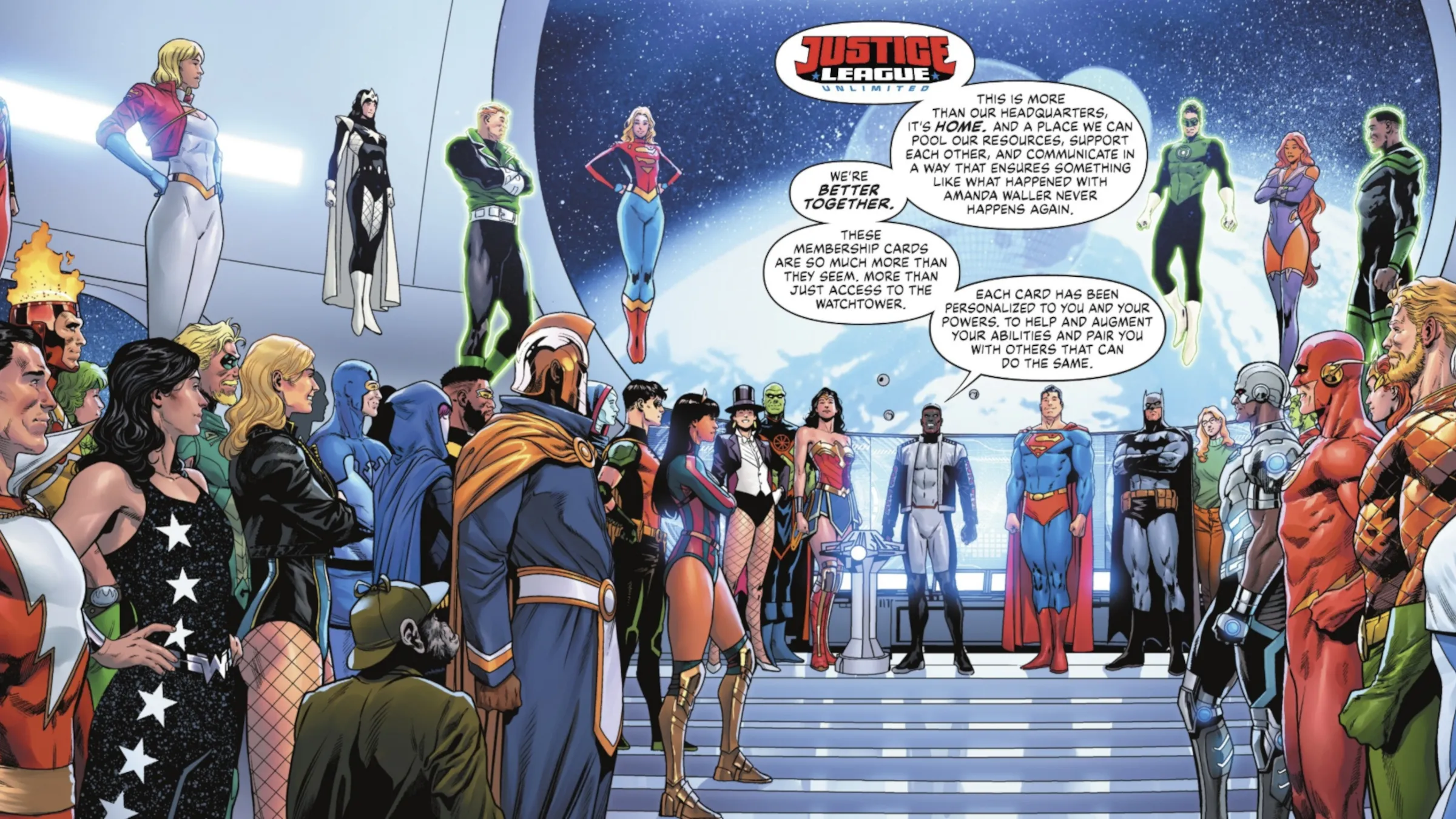
I’m not super high on this change just yet, mostly because it’s so new – it just showed up in the DC All In Special. It’s going to take time to really see how it plays out. But honestly, thematically, this feels like a massive shift for the League. They’ve always been about bringing together the best of the best, but now it feels like something way bigger – a whole network of heroes. It seems like practically every hero in the DC Universe is connected to the JLU now, and that really shows the League is becoming more than just a team; it’s a true representation of the entire heroic community.
The Justice League Unlimited series establishes the Justice League as the ultimate symbol of heroism within the DC Universe. It’s a showcase of everything the League stands for, and it brings all the DC characters together more effectively than ever before. The series demonstrates that DC’s heroes will now collaborate on a massive scale to solve problems, and anyone – from Superman to lesser-known heroes like Air Wave – can contribute to saving the day. This inclusivity is truly inspiring, showing that anyone striving to do good has a place with the Justice League.
8) Building the Watchtower
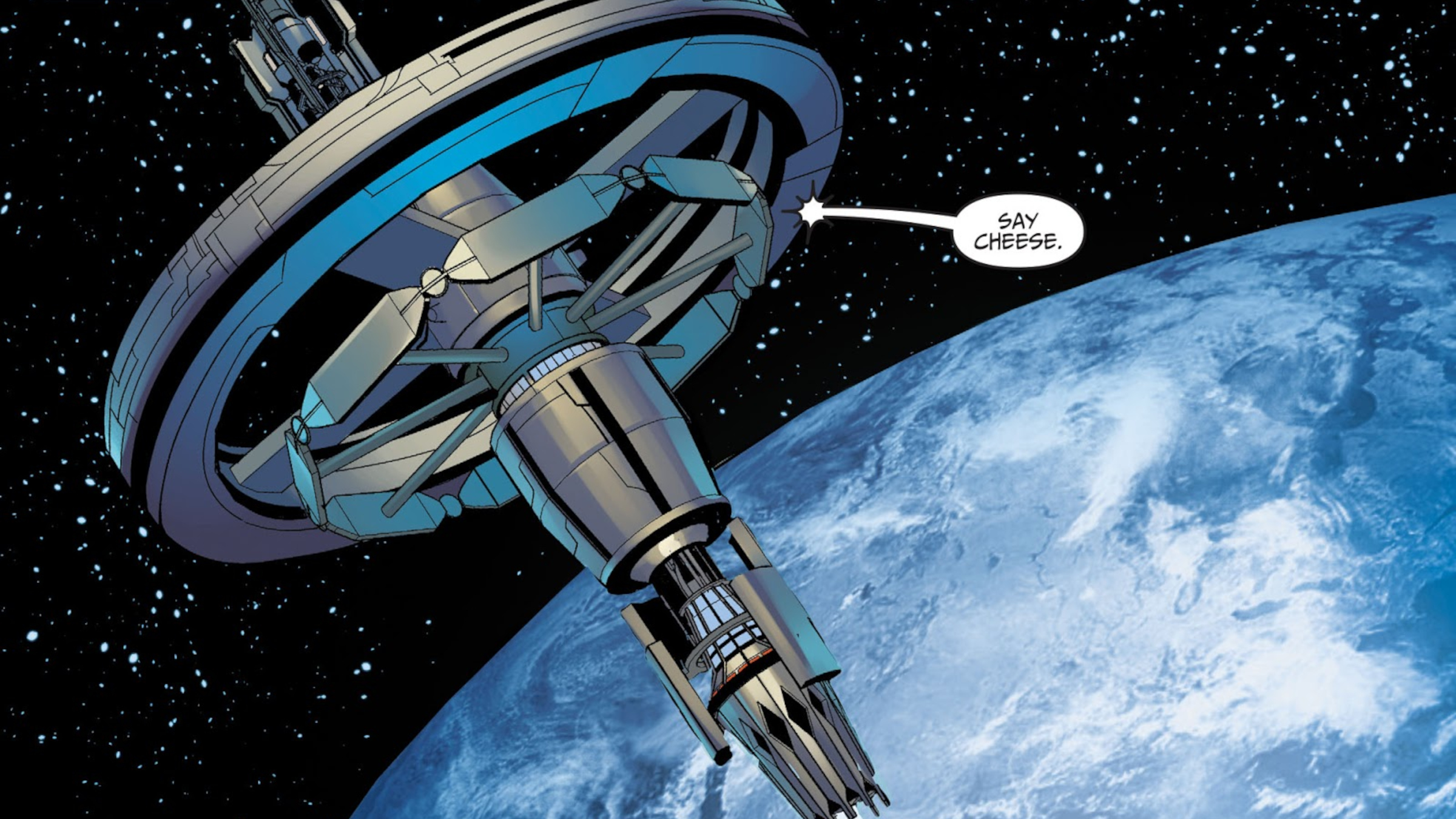
Grant Morrison’s work on JLA reimagined the Justice League as something more than just heroes – almost like modern gods. A key part of this was giving them the Watchtower, a space station that allowed them to monitor the entire planet. Regardless of the story’s focus on god-like powers, the Watchtower itself quickly became incredibly popular and felt like a long-established part of the Justice League’s history, despite being a relatively new addition.
The Watchtower is a truly impressive superhero headquarters. It feels important, like a place where powerful heroes watch over the world, and it also captures the excitement of being in space – something everyone dreams of as a child. Over time, the Watchtower has become central to the Justice League, representing how far the team has progressed and solidifying their place as a major force. It’s a fantastic symbol of their achievements.
7) The Titans Stepping Up

The idea of passing the torch has always been central to DC Comics. From the very beginning, stories imagined future versions of heroes like Batman and Superman. This theme of legacy has become even more prominent, and it’s especially clear in the current relationship between the Titans and the Justice League. After the Justice League seemingly died during the Dark Crisis event, the Titans took charge, rallying the remaining heroes to save the world. Although the Justice League eventually returned, this moment established an important new pattern: the younger generation of heroes are ready to lead.
For decades, the Justice League has been the leading team of heroes. Just as they once took over from the Justice Society of America, the Titans will eventually step up and take the League’s place. Recognizing the Titans as the heroes of tomorrow actually highlights how important the League is right now. It proves their struggles and sacrifices will continue to matter in the future, ensuring their legacy lives on. While the Titans will have their time to shine, today belongs to the League, and they can now fight with confidence knowing the future is secure.
6) New 52

The 2011 reboot of DC Comics, known as The New 52, remains a debated topic among fans. Though it produced some excellent storylines, like those in the Batman and Green Lantern comics of that year, it’s often criticized for erasing years of established character backgrounds and relationships. Despite its flaws, The New 52 significantly benefited the Justice League. It streamlined the team’s lineup and history, making it easier for new readers to jump in with a focus on immediate action and solidifying the League’s role as a force against major villains like Darkseid.
The Justice League’s 2011 redesign, known as the New 52, had a huge impact on fans and remains influential today. Most images and marketing materials for the Justice League since then feature these updated designs. While longtime fans may have mixed feelings about the changes, the New 52 undeniably attracted a new generation of readers, and that success is worth acknowledging.
5) Justice League International
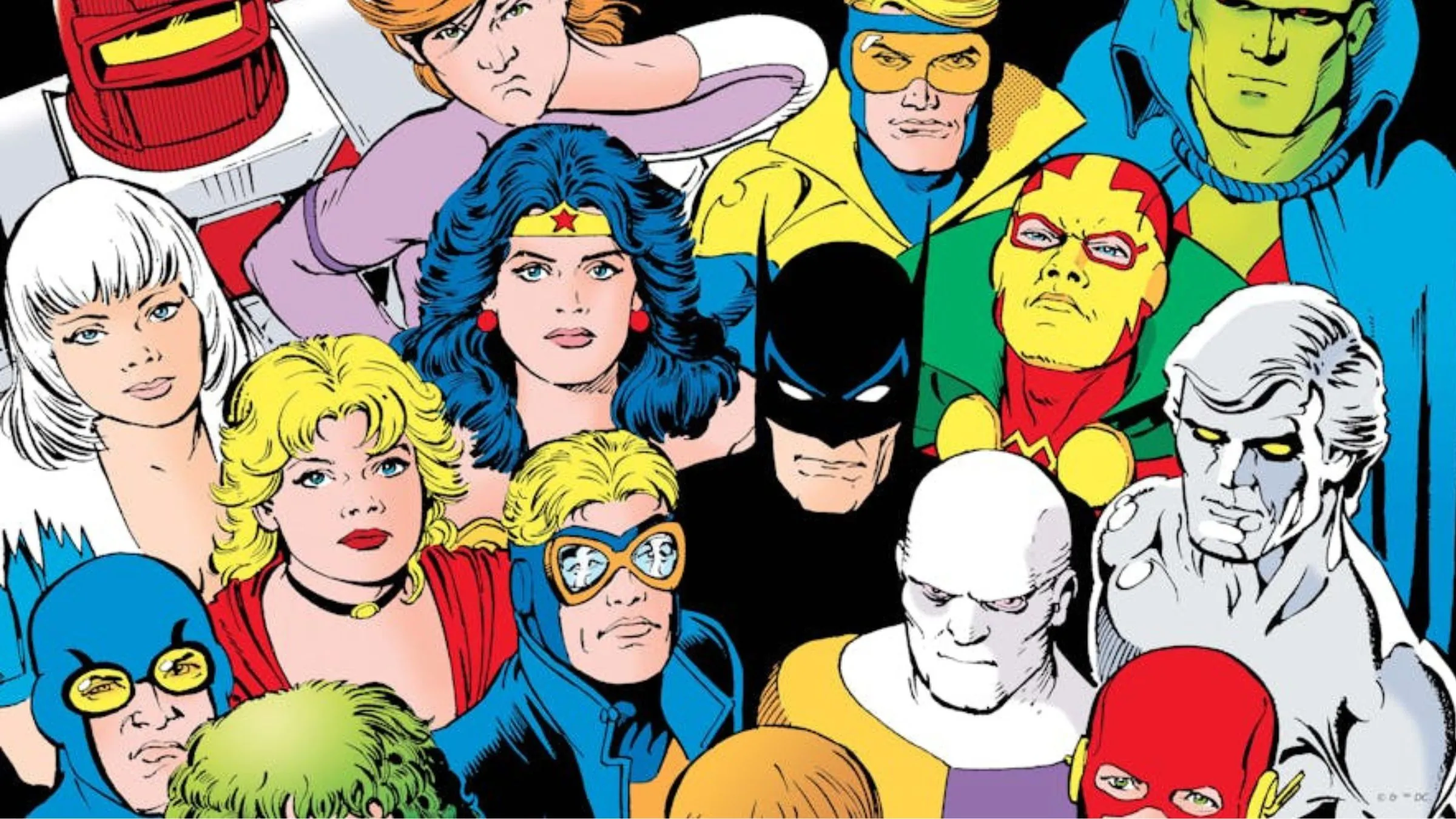
Although many Justice League comics are enjoyable, Justice League International stands out as particularly memorable. What fans love about this series is how it shows a fun, more human side of the heroes – their everyday friendships and silliness. It prioritized humor and focused on developing the characters, making the stories feel personal and relatable, which is unusual for a superhero team book. This run created many iconic moments and established lasting character traits, from the strong bond between Blue Beetle and Booster Gold, to Martian Manhunter’s chocolate obsession, and even the legendary story of Batman quickly defeating Green Lantern – there’s a lot to appreciate about this series.
The Justice League International comic was unique in its approach to the Justice League. Following the Crisis on Infinite Earths reboot, the team’s direction was uncertain, and this comic offered a surprisingly relatable and charming take on superheroes. It’s a style that’s hard to find in comics today.
4) Recruiting Green Arrow

As a lifelong comic fan, I always thought it was cool how early Green Arrow became a Justice Leaguer. He actually joined up in Justice League of America #4 back in 1960! What’s even more interesting is that he was the first superhero they ever added to the original lineup. It wasn’t just a big deal for his character and all the team-ups that followed, but it signaled that the League wasn’t fixed – they were willing to grow and evolve. That one decision basically paved the way for all the other awesome heroes we know and love to eventually join the team, beyond those original seven.
3) Revealing Their Identities to Each Other
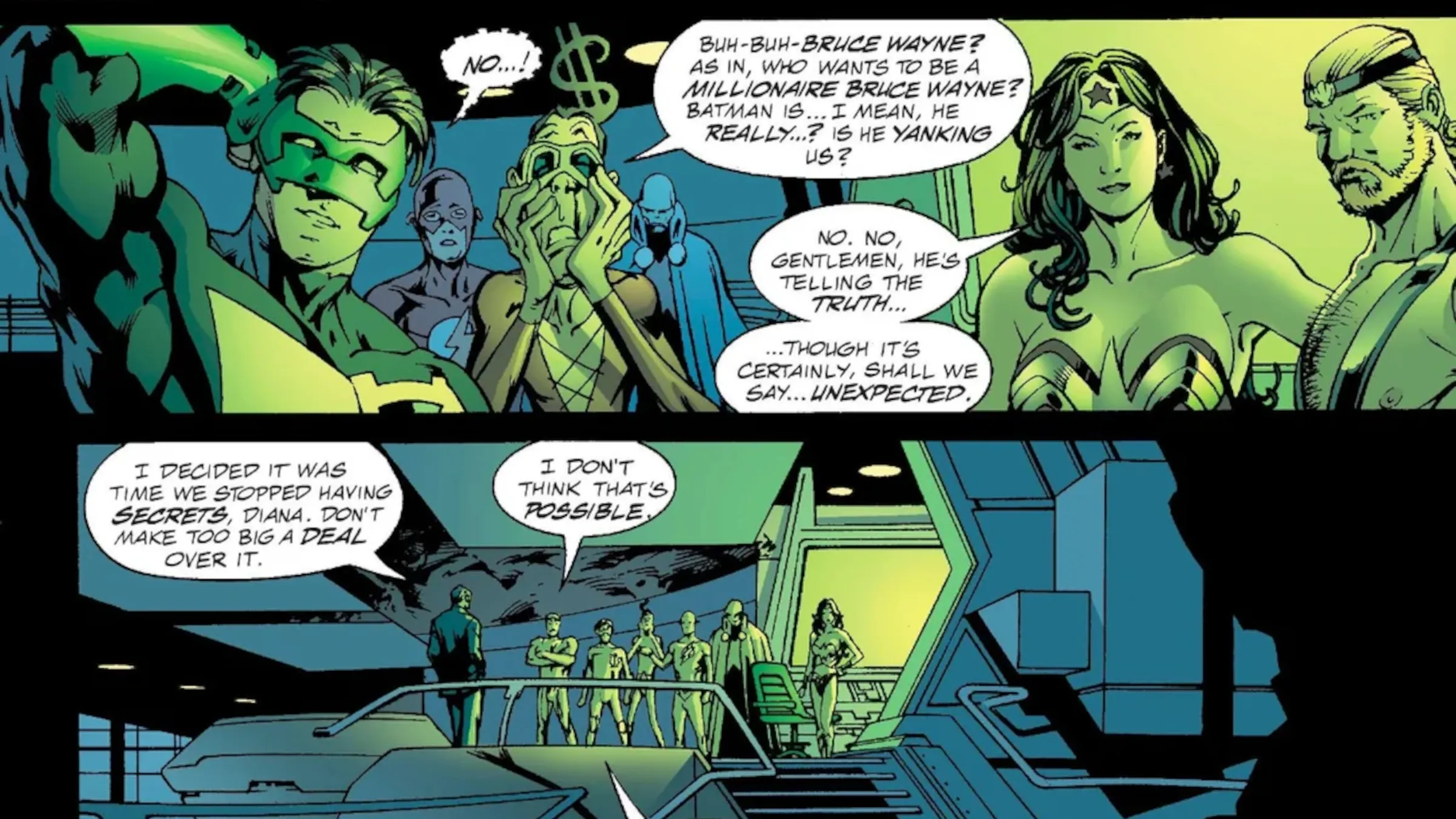
This event has happened several times throughout different versions of the Justice League’s history. It first appeared in Justice League of America (1960) #19, and is better known from JLA (1997) #50. Each time it occurs, it’s a significant moment for the team. For example, in the JLA storyline ‘Tower of Babel,’ Batman’s secret plans to stop his teammates were used against them, causing the League to lose trust in him. He earned their trust back by revealing his true self. Notably, the League members always reveal their identities at times when keeping secret identities is considered crucial.
This moment truly demonstrates how much the Justice League members trust and care for one another. It shows the audience that they’re not just teammates, but genuine friends with strong bonds. This event highlights those connections and hints at even deeper relationships developing, which is a pattern we often see. It also signals that the League is about to grow and become even stronger, and it’s always a pleasure to witness.
2) Crisis on Infinite Earths

Even now, Crisis on Infinite Earths is considered DC’s most significant event, and many still believe it’s their best. Its impact on DC Comics is enormous, but what’s particularly important is how it shaped the Justice League. Crisis firmly established the League as the primary superhero team, not just within their own universe, but across the entire multiverse. While the League had previously encountered multiversal threats – like their collaborations with the JSA and conflicts with the Crime Syndicate – they were always one team among many.
The storyline Crisis fundamentally changed how the Justice League was viewed. It solidified their role as the go-to team in times of ultimate danger, a position they still hold today, with all other teams across the multiverse recognizing their power and experience. Crisis also drastically reduced the multiverse, leaving the Justice League as the last line of defense, fighting until the very end. Though the Justice Society of America still existed, the League became the central focus, and remained so even after the multiverse was restored. Ultimately, they proved themselves as the strongest team, and the entire structure of the multiverse began to revolve around DC’s main team.
1) JLA (1997)

The Justice League has been featured in countless comics, but Grant Morrison’s run on JLA is widely considered the most influential and popular. Many ideas from this series have become staples of the Justice League, shaping how we view the team today. This run solidified the League’s central seven heroes as its core, bringing them together after a long separation. It also introduced iconic elements like the Watchtower and ‘The Rock of Ages,’ and defined the team’s dynamic for years to come.
While a team needs its members, the comic itself is the most crucial element. This series is widely regarded as the definitive take on the Justice League, finally solidifying the team’s modern identity and appearance after years of inconsistency. It brought the League together in a way that has lasted, proving just how important this run was for the team’s overall history.
Here are ten of the most memorable moments for the Justice League in over 65 years of comics. What moments would you add to this list?
Read More
- The Most Jaw-Dropping Pop Culture Moments of 2025 Revealed
- Ashes of Creation Rogue Guide for Beginners
- ARC Raiders – All NEW Quest Locations & How to Complete Them in Cold Snap
- Best Controller Settings for ARC Raiders
- Where Winds Meet: How To Defeat Shadow Puppeteer (Boss Guide)
- Ashes of Creation Mage Guide for Beginners
- Where Winds Meet: Best Weapon Combinations
- Hazbin Hotel season 3 release date speculation and latest news
- My Hero Academia Reveals Aftermath Of Final Battle & Deku’s New Look
- Bitcoin’s Wild Ride: Yen’s Surprise Twist 🌪️💰
2025-11-06 01:17